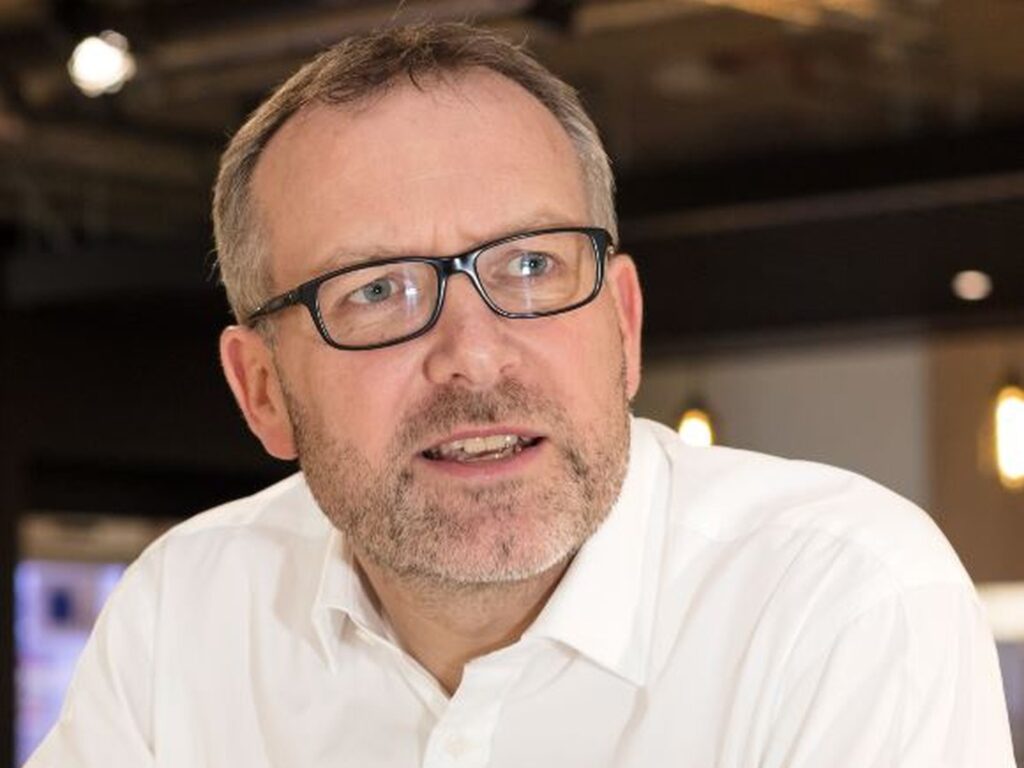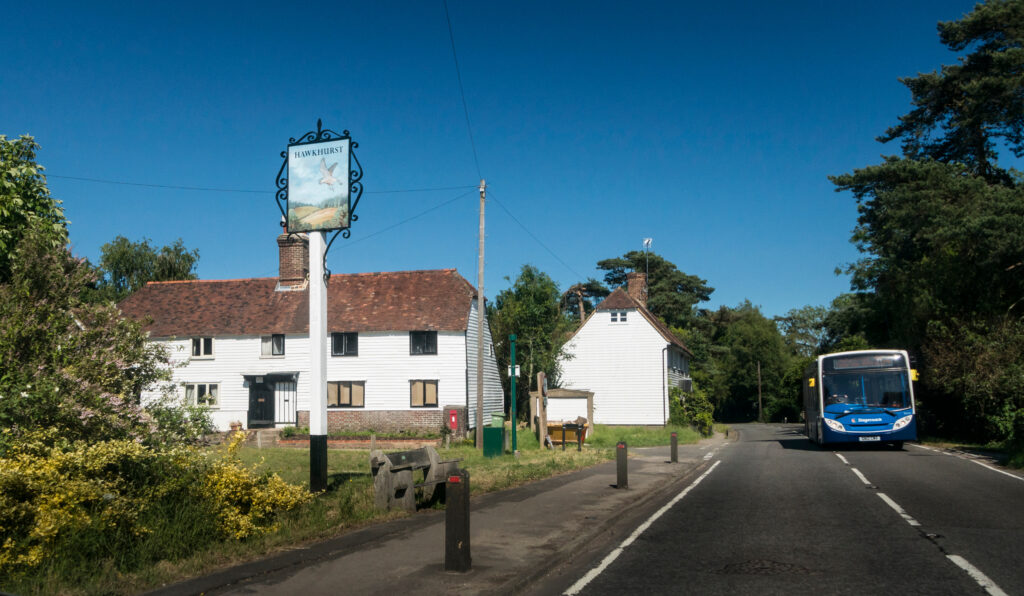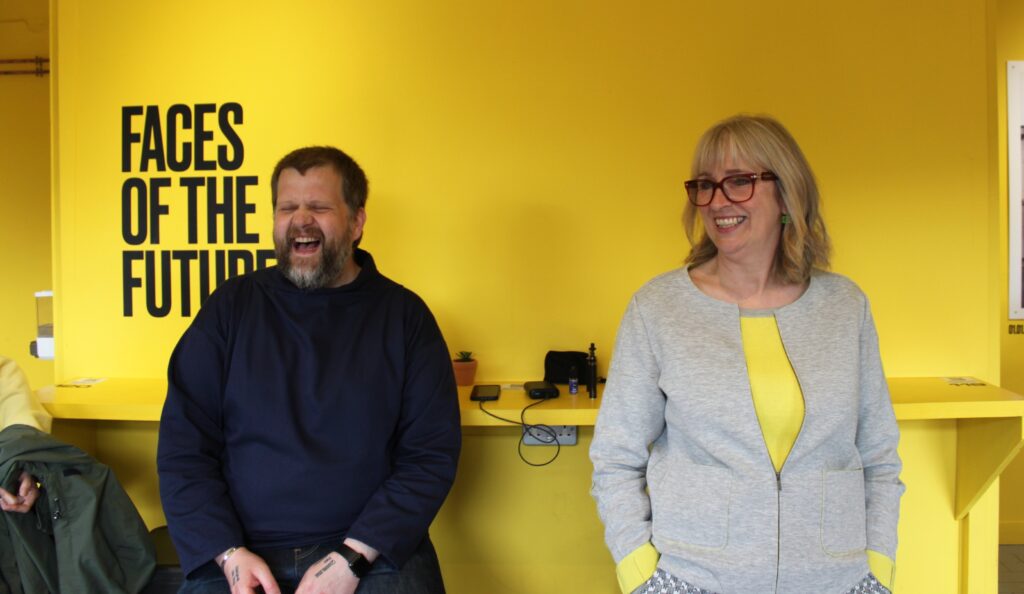In 1989, the University of Bergen set up an industrial and aquatic laboratory in the former shipyards, which marked the first development of shared marine infrastructure and the first step in building the hub.
How Bergen’s derelict shipyards became hubs of innovation
Such urban areas often become easy targets for residential development, Tor Instanes, CEO of real estate developer GC Rieber, along with the University of Bergen and other partners, felt that by planting a seed to drive organic growth, the run-down shipyards could become a thriving innovation hub.

“GC Rieber is a long-term thinker,” explains Instanes. “We partnered with Siva [a state-owned organisation], the University of Bergen and other key partners to set out a long-term strategy to get companies, research institutions, regulatory institutions and start-ups to become involved in Marineholmen that could benefit from being close together and share infrastructure, collaborate and compete.”
Now, 30 years later, Marineholmen as the area is known is home to a bustling centre of innovation with 4,000 workers focusing on marine research that spans the value chain from studies and investigation to commercialisation and regulation.
Companies–including SMEs–organisations and institutions have over the past 20 years come onboard to form a unique cluster with a shared vision.
“In order to be attractive for this marine ecosystem environment we had to invest in the infrastructure–which can be a huge roadblock for any business or even one department or start-up,” Instanes explains. “But if you can share space, labs and infrastructure, then you can make this great investment beneficial for the whole ecosystem.”
Instanes adds that this step has already been “paid back” as other companies watch it work and become attracted to Marineholmen to then easily tap into already invested facility infrastructure.
This approach has enabled a joint effort by research, industry and regulatory bodies to solve problems that arise in the aquaculture industry.
This has helped Marineholmen become a leader in the ocean food sector. Cargill Aqua Nutrition, a specialist in fish feed, shares its head offices with the world’s second largest salmon producer and are supported by fish health companies, vaccine developers and other start-ups in the accelerator.
“You can walk 500 metres in Marineholmen and you can understand and see the whole value chain,” says Instanes. “A student located in one building can see hands on what his or her career will look like because those companies, institutions and regulators are here.”
Holistic infrastructure
The vision for Marineholmen is not only about building business and research infrastructure but by also building informal or social infrastructure. Placemaking was at the heart of the vision.
“How do you get a scientist, a student and an entrepreneur, that wouldn’t ordinarily work with to meet?” asks Instanes. “We built the infrastructure–restaurants, bars, cafes–spaces for people to work and create but more importantly organise for people to meet outside their work desk. This is where the magic can happen.”
More than 150 companies, with 4,000 employees, operate in Marineholmen. Important marine organisations such as the High Technology Centre, UIB, DNV-GL, NCE Seafood Innovation Cluster, Pharmaq, DNV, Hatch, Ocean Industries Accelerator, Norwegian Marine Laboratory, ILAB, Fishguard, the Norwegian Food Safety Authority, the Veterinary Institute, Uni Research, and start-ups like VIS, among others, are located and partner in Marineholmen.
Similarly, housing is an important issue of which GC Rieber is planning to build more in the district by incorporating existing buildings, such as warehouses, along with new builds. Sustainability is a major component in all buildings and developments within Marineholmen but is also a future area of development for the hub.
Sea water is used to cool certain buildings, and solar energy is playing a larger part in the hub, not only to power buildings but also to develop marine energy infrastructure.
Open to all
Being located next to one of Bergen’s lowest income neighbourhoods, the hub and its partners, always wanted the hub to be open and part of the city. They did not want to return to a fenced off “keep out” area of the city.
The hub voluntarily built a new public beach which now acts as a major gathering point in the city and hosts festivals and other entertainment. Placemaking, sustainable design and urban vibrancy is part of its appeal to highly skilled talent.
“GC Rieber was established in 1879 and has a vision of Creating Joint Futures,” says Instanes. “That means to work with partners and build sustainable businesses. As a real estate developer, it makes a lot of sense if you have a long-term view, particularly if you have owners that want you to build something more than shareholder value. Because if you can do your part to create a more vibrant and innovative city it is very rewarding and motivating.”
“If you do this right, it will make your city more interesting and competitive. You can make more money in a shorter time than developing areas like this but you will have very interesting, solid, and forward-looking tenants if you develop an attractive area like Marineholmen.”
Looking for help to seed, scale or sustain innovation activity in your area?
Connected Places Catapult is working to spark the innovation potential of every place through the development of practical guidance, building connections between innovation ecosystems in the UK and globally, and providing in-depth support to place leaders.
Visit our Hubs of Innovation programme page to find out more or email: hubsofinnovation@cp.catapult.org.uk















